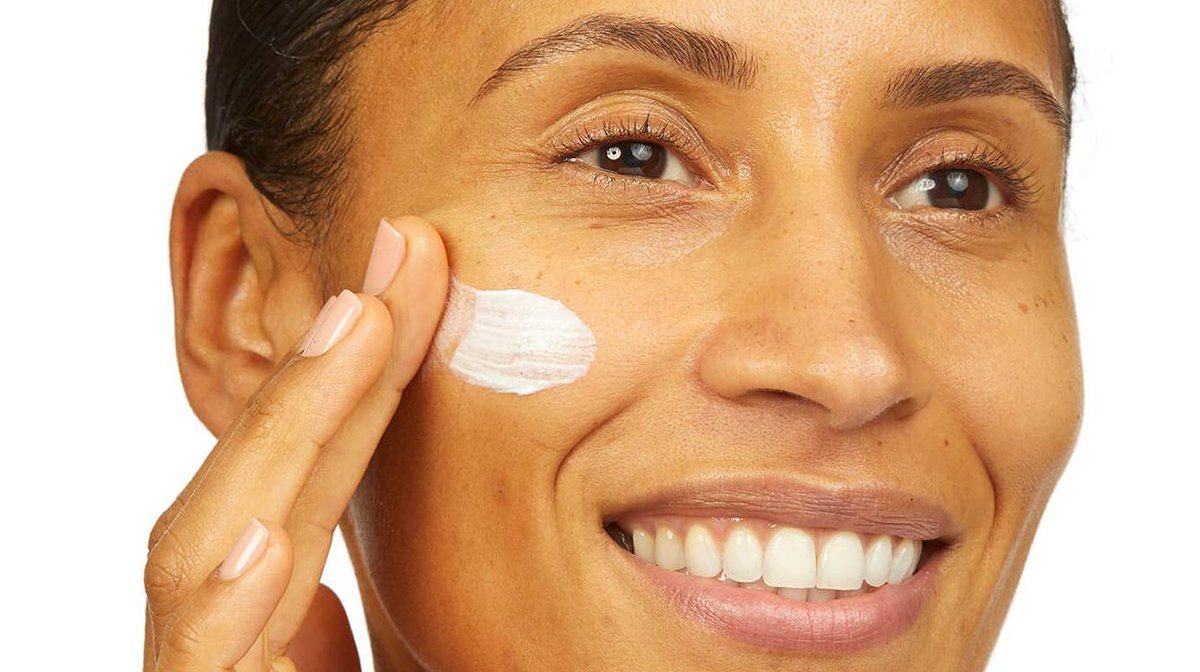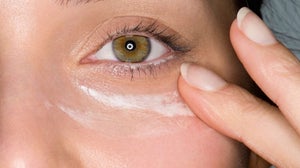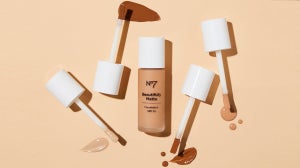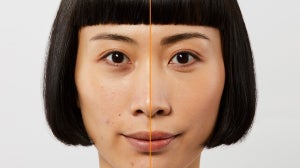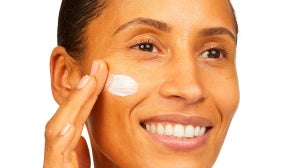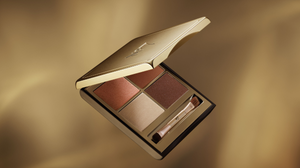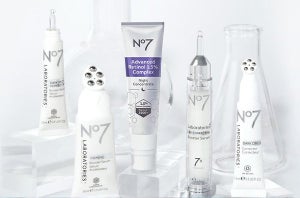
Moisturisers with SPF benefits seem to be everywhere you turn these days – but when we’re depending on our SPF products to guard our skin against sun damage, it’s essential that we can trust they’re providing the very best protection possible. Can these hybrid products ever really work as our sole source of sun defence, or do we need to work double duty and keep our moisturisers and sunscreens separate? Read on to find out…
Firstly, a quick reminder. Why is it so important to wear SPF?
Every single day of the year, come rain or shine, our skin is susceptible to harmful ultraviolet rays from the sun which can lead to burning, skin cancer, inflammation and discolouration. They’re also the #1 cause of the visible signs of premature skin ageing, damaging the all-important collagen and elastin proteins which maintain the structure of our skin cells and help to give our faces a plumper, more youthful appearance.
By working SPF into your daily routine, you create a barrier that’s able to block UV rays before they can penetrate your skin. Choosing a broad-spectrum sunscreen (protecting against UVA and UVB rays) with a minimum SPF of 15 ensures that you stay protected from sun damage every day, as long as you make sure to apply regular top-ups every two hours.
What does SPF mean?
SPF stands for Sun Protection Factor – it’s the number you’ll see on the bottle of every sunscreen you’ve ever picked up!
The higher the SPF, the greater the levels of protection afforded, although it doesn’t directly correlate in the way you might expect. For example, SPF30 doesn’t offer double the protection of SPF15 – it actually blocks 97% of UVB rays, where SPF15 blocks 93%.
The number itself refers to the amount of time it would take your skin to burn when you’re using your sunscreen compared to when you’re not, e.g. when wearing SPF30, it would take you 30 times as long to see a sunburn appear.
If you’re having a day indoors or you’re only venturing outside for a quick walk, SPF15 should do the job. However, if you plan on spending a significant amount of time outdoors or you’re going to be engaging in activities like running or swimming, we highly recommend opting for SPF30 – and don’t forget those top-ups!
For even more SPF answers, check out our Ultimate Guide.
Can you use a moisturiser with SPF protection on its own?
Technically, yes – but only if your sunscreen & moisturiser combo offers a high enough SPF. Moisturisers are formulated to be rich in ingredients that boost skin hydration and replenish the water content of our skin cells. By virtue of the fact that your SPF is blended into these formulations with many other active ingredients, its strength is often reduced and you’re not receiving the same level of protective benefit you would enjoy from an individual sunscreen. It is still actively working as an SPF product, but with a more diluted impact.
So, if you plan on making a moisturiser and SPF hybrid product your only daily sun protection, we would strongly suggest you stick with one that’s SPF30 or above. Options with a lower SPF are still effective in guarding against UV rays, but these should be then considered as supplementary to a higher-strength solo sunscreen.
Even if you do choose to use a hybrid as your only line of UV defence, there’s also the issue of consistent reapplication to consider. You’re supposed to top up with a fresh helping of sunscreen every two hours – but moisturiser is generally only applied twice a day as part of your morning and evening rituals.
For some people, making the change to moisturising every few hours to lock in sun protection is no big deal. However, depending on your skin type or the simple fact that you don’t want to use up all of your moisturiser so quickly, it might also be a completely unrealistic option. If you’re thinking of switching to a combined SPF/moisturiser, make sure you consider whether it will fit with your individual lifestyle and skin needs.
So, can I use an SPF-enriched moisturiser and an individual SPF?
Yes – in fact, this is exactly what we’d recommend!
Double up your protection by using a moisturiser morning and night that’s enriched with a lower level of SPF (15 or 20), before layering a SPF30 (or above) sunscreen on top and reapplying every two hours throughout the day. Make sure to leave a few minutes between applying the two products to ensure that your moisturiser has enough time to be fully absorbed into your skin.
Your moisturiser can then provide a basic underlying level of defence – while focusing on hydrating your skin to keep it soft, supple and smooth – and leave your full-power sunscreen to do the heavy lifting when it comes to protecting against UV rays.
Take our trio of SPF15 day creams, for example; Protect & Perfect, Restore & Renew and Lift & Luminate. They offer an initial layer of protection, while delivering 24 hours of hydration, which can then be taken to the next level of sun defence by the high-strength SPF30 and SPF50 products in our Protect & Perfect suncare range.

